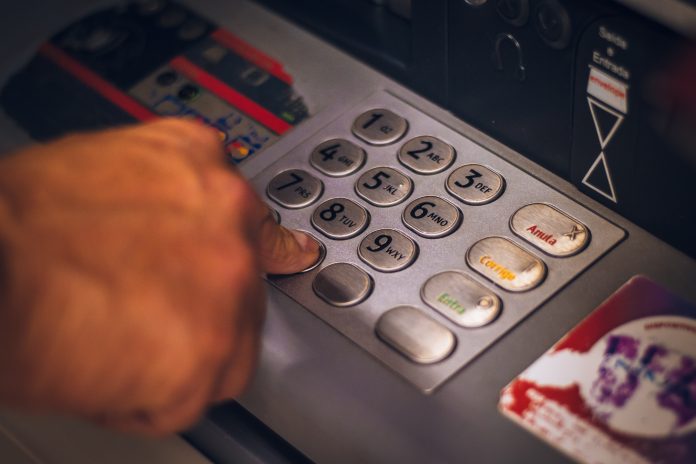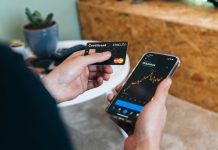A recent report by Mastercard has revealed that technology can significantly accelerate financial inclusion for people with disabilities.
The study, Bridging the Disability Gap: An Opportunity to Make a Positive Impact, reported that digital inclusion is the pathway to financial inclusion for people with disabilities.
As governments adopt and prioritise policies to improve accessibility of services, this paves the way for public and private sector financial institutions, mobile network operators (MNO), FinTech providers, and other organisations to develop and apply solutions.
According to the latest available data, one billion people, or 15% of the world’s population, experience some form of disability, constituting the largest minority group in the world. Types of disabilities include visual, hearing, speech, mobility, cognitive, and psycho-social.
Mastercard said that a combination of physical constraints in accessing financial institutions and services prevents many people with disabilities from banking independently. Depending on the type of disability, this includes being unable to travel to and enter a financial institution, branch, or ATM, not perceiving and understanding what is written on paper or electronic devices, being unable to hear, understand, and communicate with banking service providers, and being unable to access paper or digital content.
The report highlighted real-life case studies of persons with disabilities having to depend on others to perform simple financial tasks. One interviewee said: “You should be able to access financial services in privacy; no one should know the details of your banking transactions, your balance, and how much you are spending.” Others spoke about how access to services digitally would make a significant difference to their financial independence.
A 2019 UN report cited that people with disabilities consider 28% of banks in developed countries, and between 8% and 64% banks in some emerging economies, to be inaccessible.
Approximately 63% of the world’s population is now online since the pandemic. Research in select low- and middle-income countries in the Middle East and Africa shows that, despite a large mobile disability gap, widening at each stage of the user’s journey, 62% of adults with disabilities own mobile phones and 21% own smartphones.
According to the Mastercard white paper, in the Middle East and Africa, using digital inclusion as the pathway to financial inclusion for persons with disabilities must involve reducing the gap in smartphone ownership, mobile internet usage, and digital literacy.
Moreover, the “emerging technologies of the Fourth Industrial Revolution” – such as artificial intelligence, machine learning, robotics, and the internet of things – have the potential to be delivered through apps and web-enabled services. This makes it possible to address the accessibility gap in financial services.
Umar Hashmi, vice president, global product and engineering, Mastercard, said, “At Mastercard, we are a purpose-driven organisation and put into practice our belief in ‘doing well by doing good’. Diversity, equity, and inclusion are part of who we are, and we bring this to life by deploying products, services, and partnerships that are aligned with the 2030 Agenda for Sustainable Development and the 17 Sustainable Development Goals (SDGs), based on ‘leaving no-one behind’.”
More FinTechs are turning their attention to financial inclusivity. Pay Theory, which claims to build financially inclusive payments for families, raised $2m in its seed funding round earlier this year.
Copyright © 2022 FinTech Global











